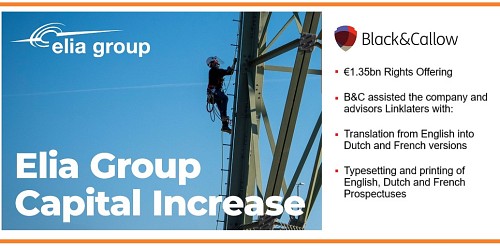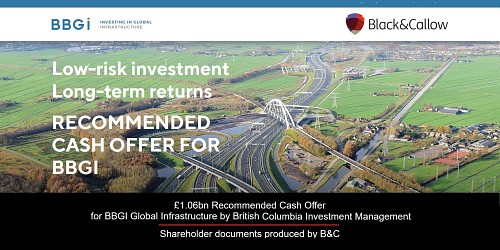22/04/2020

On 8th April, the FCA encouraged issuers to use the Simplified Prospectus regime to help fast track recapitalisations during the current Covid-19 Coronavirus period. Even with this simplified requirement, managing the process can be tricky given the number of contributors (lawyers, financial advisers and Registrars, alongside the issuer), the levels of disclosure required and the tight timetables involved. Managing the cost of the typesetting and printing process can be even trickier, given that it’s hard to predict what will be involved in the iterative proofing process ahead stamp off.
Mark Shennan, Associate Sales Director, manages the work we produce for clients including JP Morgan, Citi, Cenkos, Allen & Overy and Freshfields; and Paul Robinson, Commercial Manager, manages the commercial aspects of our financial printing projects, including billing and providing timely cost updates for clients.
“There are some simple things clients can,” says Mark. “Managing the client’s expectations is very important, particularly on Recapitalisations where every penny counts, but the client needs to be aware of the realistic costs involved. We often hear of some unscrupulous providers who lowball quotes with a view to ramping up the final bill, to the client’s dismay.
Paul adds: “For instance, if your draft Prospectus runs to, say, 300 pages and you think you’ll need four or five turns (proof stages), it may be better to ask your printers to base their estimates on 350 pages and with six or seven turns.”
What are Mark’s and Paul’s tips to ensure effective cost management?
1. “Consolidate your mark-ups wherever possible. Have one person in control, so mark-ups with combined comments are supplied to the printer, avoiding multiple mark-ups which can increase cost.”
2. “As deals evolve they can change structure, requiring different documentation and more changes to documents. It’s important to communicate these with your printer so they can plan accordingly and ensure cost-efficiency.”
3. "Ensure your printer is not outsourcing their typesetting overseas. It may be cheaper for the printer, but it inevitably means only a slower service, with more mistakes, and with a lack of control and confidentiality which could jeopardise your deal. It can be time-consuming (and therefore expensive) for your advisors to rectify. We have the largest in-house financial typesetting capacity in Europe at our London EC2 offices, which means faster service, fewer mistakes and of course, greater deal confidentiality.”
4. “Are there any hidden costs, such as those associated with mailing? Many printers outsource this to parties outside London, meaning you’ll have to pay higher costs for transport and may jeopardise sign-off times. We’re fortunate to have our own mailing house near Tower Bridge so can avoid these issues.”
5. "Ensure your printer can produce Comparison files in-line, not offline. Our guaranteed LSE-compliant strikethrough blacklined and Comparison files are driven direct from our typesetting system, ensuring there are no issues at Stock Exchange approval stages, saving costs and time."
6. “Know who you’re getting quotes from. Are they part of a large corporation with high internal costs? Do they pay their salespeople commission only? If so, they usually ‘lowball’ an estimate but bill much higher, because they won’t get paid commission if they don’t. We’re fortunate to be part of a lean, well-managed organisation with a lower cost base, which means we don’t have the same pressures and means a more honest approach to costs.”
7. “Give yourself time to get things done. Less rush can mean less cost.”
Other recent news

31/03/2025
Power rangers: helping Elia Group with its €1.35bn Rights Offeri…

26/03/2025
Mastering the IPO journey: join the LSE's webinar on Thursday 17…

18/03/2025
B&C assists Britsh Columbia's £1bn bid for BBGI Global Infastruc…

06/03/2025
